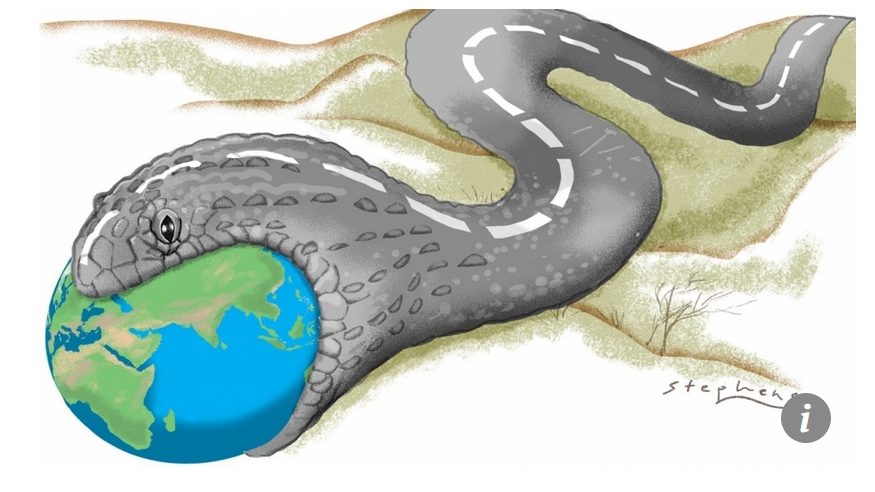
An interdisciplinary group of researchers was assembled to identify ‘frontier horizon’ environmental and social issues for the BRI. One hundred issues were initially submitted and “rapid destruction of natural river ecosystems” came out as the most pressing issue of all (although it is not very novel). Chinese companies and financiers have major role in developing water infrastructure all over the globe.
The Belt and Road Initiative (BRI) represents the largest infrastructure and development project in human history, and presents risks and opportunities for ecosystems, economies, and communities. Some risks (habitat fragmentation, roadkill) are obvious, however, many of the BRI’s largest challenges for development and conservation are not obvious and require extensive consideration to identify. In this first BRI Horizon Scan, we identify 11 frontier issues that may have large environmental and social impacts but are not yet recognised. More generally, the BRI will increase China’s participation in international environmental governance. Thus, new cooperative modes of governance are needed to balance geopolitical, societal, and environmental interests. Upgrading and unifying global environmental standards is essential to safeguard ecological systems and human societies.
The following problems have been identified and described as both most acute and “novel”:
- Groundwater pumping threatening the viability of above-ground aquatic ecosystems;
- Invisible invasives: incidental spread of undescribed fungi, bacteria, and viruses (this one was prophetic given what happened next with coronavirus);
- Cementing extinction: the impact of limestone extraction for cement production on karst ecosystems;
- Polar/Arctic Silk Road urging a need for an overarching legal treaty to provide environmental governance in the Arctic.
- Coastal ecosystems under threat Construction of industrial, agricultural, and aquacultural parks and new ports is impacting the coastline via sedimentation, destruction of biota, and pollution;
- BRI and Traditional Chinese Medicine (TCM) supporting and stimulating a market in wildlife trade
- Harmonizing international and national environmental standards in BRI foreign investment projects
- Securing the inclusive governance and management of ‘Territories of Life’ and recognizing the role of ‘culture’ in conservation of biodiversity by indigenous and local communities;
- Geopolitical rivalry over infrastructure financing : In response to the BRI, other G20 countries have proposed global and regional development initiatives, which could act to accelerate investment in large physical infrastructure, potentially entailing less-thorough analysis of alternative, sustainable development options;
- Regreening the never green: “Anti-desertification” and “restoration” in native ecosystems;
- Willingness to build infrastructure in existing conflict zones.
In addition, some issues highlight the importance of the inclusion of diverse voices and the development of processes that ensure their role from planning to development. There is also the need to develop safeguards to protect cultural diversity and local varieties in formerly isolated areas.
Domestically, China has recently instituted a high-level policy of achieving an ‘ecological civilization’, which includes, as one of its measures, the definition and protection of ‘ecological redlines’, which are the minimal areas needed to guarantee ecological functioning and biological diversity. This is arguably the largest ecosystem-service-protection policy in the world, and its implementation, assessment, and enforcement pose a challenge for China’s scientists and policymakers, addressed in part through the science plan . Important questions to ask are whether China will apply the ecological redline concept to the BRI, and if so, how the governance of such an approach can be instituted in a more complex international environment.
The paper was published in the March 2020 issue of Trends in Ecology & Evolution DOI: 10.1016/j.tree.2020.02.005

